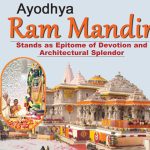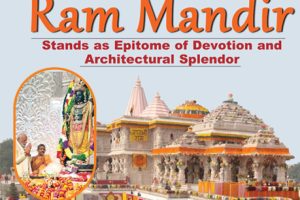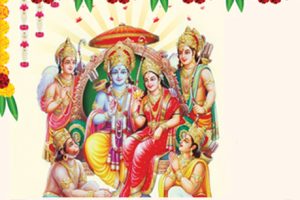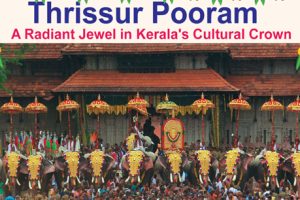‘A TEARDROP ON THE CHEEK OF ETERNITY’ that is how the famous Indian poet RABINDRANATH TAGORE described Taj Mahal. Rudyard Kipling, the famous English poet praised the beauty of Taj Mahal by saying it is ‘the embodiment of all things pure’. And the creator of Taj Mahal, the Mughal Emperor Shah Jahan said it made ‘the sun and the moon shed tears from their eyes. No wonder Taj Mahal is one of the most fascinating architectural marvels in the world.
And the creator of Taj Mahal, the Mughal Emperor Shah Jahan said it made ‘the sun and the moon shed tears from their eyes. No wonder Taj Mahal is one of the most fascinating architectural marvels in the world.
“THE TAJ MAHAL SHOWS
THREE FACES,”.
Taj Mahal, the Mughal Emperor Shah Jahan said it made ‘the sun and the moon shed tears from their eyes. No wonder Taj Mahal is one of the most fascinating architectural marvels in the world.

In 1628, Shah Jahan became ruler of the Mughal Empire. His favourite wife, Mumtaz was his loyal travel companion. In 1631, while accompanying Shah Jahan on a military campaign to expand the empire into South India, she died in Burhanpur after giving birth to her 13th child. Grief- stricken, the emperor went into mourning and threw himself into creating a monument to their love. The emperor Shah Jahan built an immense mausoleum of white marble in Agra between 1631 and 1648, which is the sparkling jewel of Muslim art and one of the universally admired masterpieces of the world’s heritage and one of the Seven Wonders of the World. Every year lakhs of tourists visit Agra to see the beauty of Taj Mahal and it is located on the right bank of the Yamuna River in a vast Mughal garden that encompasses nearly 42 acres, in the Agra District in Uttar Pradesh. Built with pure white marble (obtained from Makrana,Rajasthan) having extraordinary lustre and texture. The monument is encircled by lush green gardens, lovely pools, and fountains. The main gateway located at the end of the long water-course was originally made of solid silver. The complex of Taj Mahal majorly consists of five structures – Darwaza (main gateway), Bageecha (gardens), Masjid (mosque), Rauza (main mausoleum) and Naqqar Khana(rest house). Materials from various regions of India, Central Asia, and the Middle East were brought to Agra, and thousands of workers (masons, stone-cutters, inlayers, carvers, painters, calligraphers,dome builders and other artisans were requisitioned from the whole of the empire and also from the Central Asia and Iran) labored more than 20 years until the structure was completed with a cost of Rs. 32 crores at that time.

















Add Comment